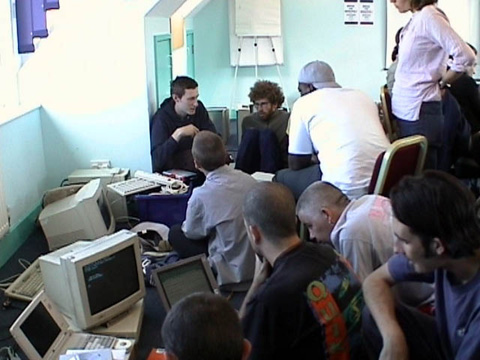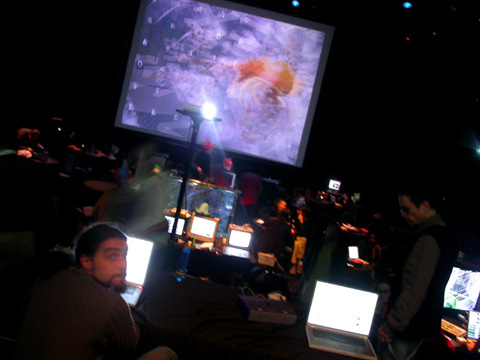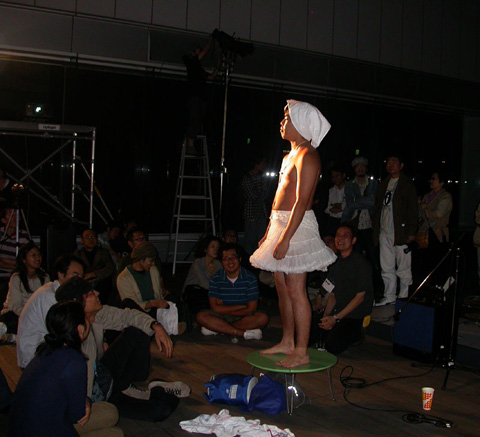Architecture for participation - seminar
A three-day seminar during 29-31 March
@ Pixelache 2007 Helsinki Festival
26 March - 1 April
‘Designing the Weapons of Mass Creativity’
‘Architecture for participation’ is a term that folks like Tim O’Reilly & co have been using to refer to Flickr and other similar ‘Web 2.0′ environments which enable the creativity of the Masses to reach the Masses. YouTube, MySpace and other similar environments have rapidly emerged as powerful tools for building communities and creating entirely new contexts for creativity.
The words ‘architecture’ and ‘participation’ seem to be appropriate to use in the ‘Web 2.0′ world (or alternatively in the ‘Dot Org Boom’ era, the theme of Pixelache festivals in 2005 & 2006). The word ‘architecture’ is emphasising the fact that these environments are meticulously designed and engineered. And in the same way as buildings in our cities, these virtual tools and environments might last for a long time. The inner workings and functionalities might be changing frequently but the communities themselves do not easily migrate to a different environment.
The word ‘participation’ describes the emerging mode of Mass Creativity, where instead of a few selected Authors with strict Copyrights to their work there are millions of creative individuals whose work are competing rather for attention than money. They are all participating to a community that can through a collective process grant a certain Funny Animation it’s Week of Fame (usually extending into months, when slower internet timezones catch up).
Long before the ‘Web 2.0′ days, various non-profit grassroot networks and media art protagonists were setting up communities providing similar services. The Indymedia network was a precursor to the Blogosphere, internet radio was an early free voice in many countries, mailinglists and wikis have been helping various grassroot initiatives to get themselves organised. What is the role of these tools and communities in the future? Should we all start uploading our files to YouTube and MySpace? Or can there be a happy co-existence where the commercial services are the ‘McDonalds’ while independent, custom crafted communities serve more specialized needs? And does the non-profit/commercial distinction really make that big difference in the future?

Photo: tech_2 event, Bristol, August 2001

Photo: SHARE, New York, March 2003

Photo: Dorkbot Tokyo, October 2006
“Imagine a world in which every single person is given free access to the sum of all human knowledge.”
- Jimbo Wales, founder of Wikipedia
“The YouTube team has built an exciting and powerful media platform that complements Google’s mission to organise the world’s information and make it universally accessible and useful.”
- Google’s chief executive Eric Schmidt after Google’s purchase of YouTube
Call for Participation
We are currently looking for projects/participants for the Architectures for Participation seminar. We can offer the seminar participants free accommodation and per diems during their stay in Helsinki but in most cases the participants will have to cover their travel costs themselves.
Please contact us before 30th of November using the Pixelache 2007 submission form.